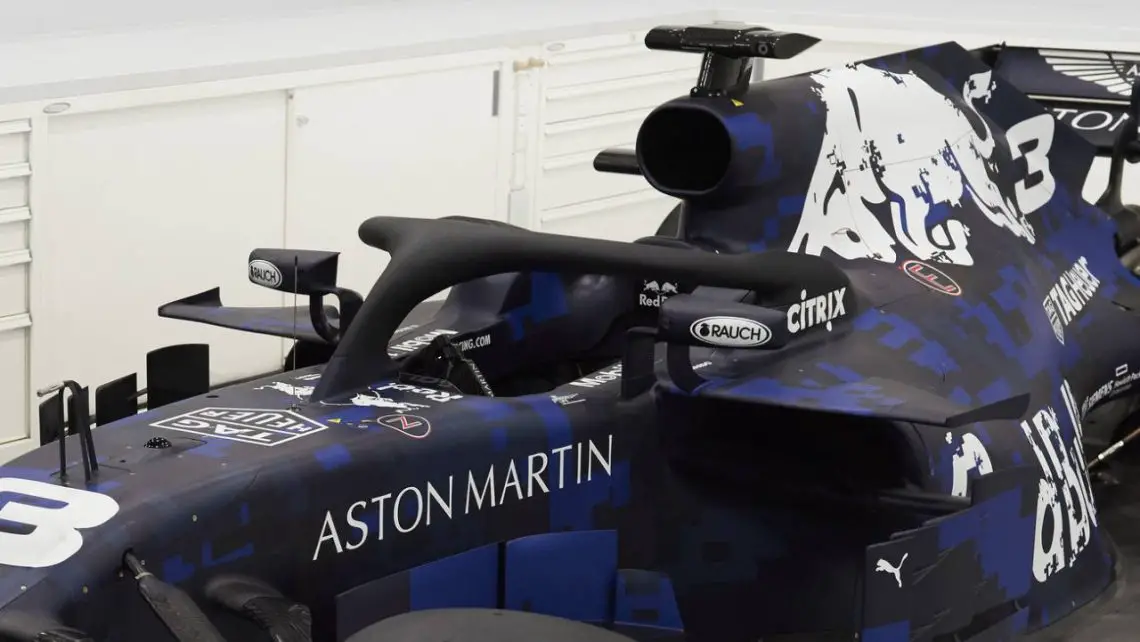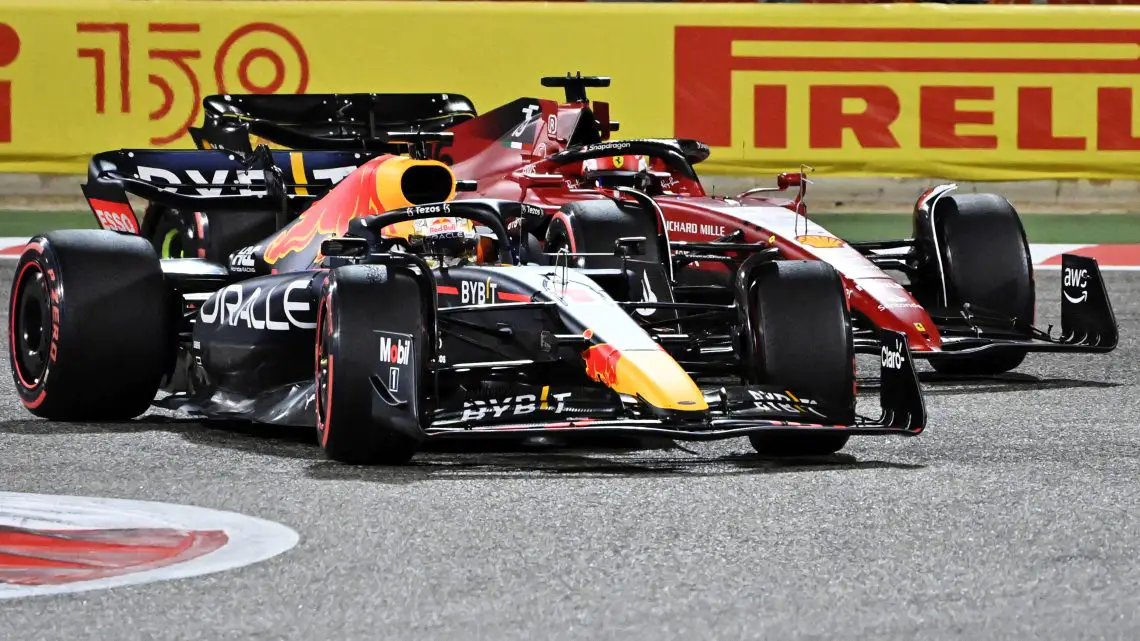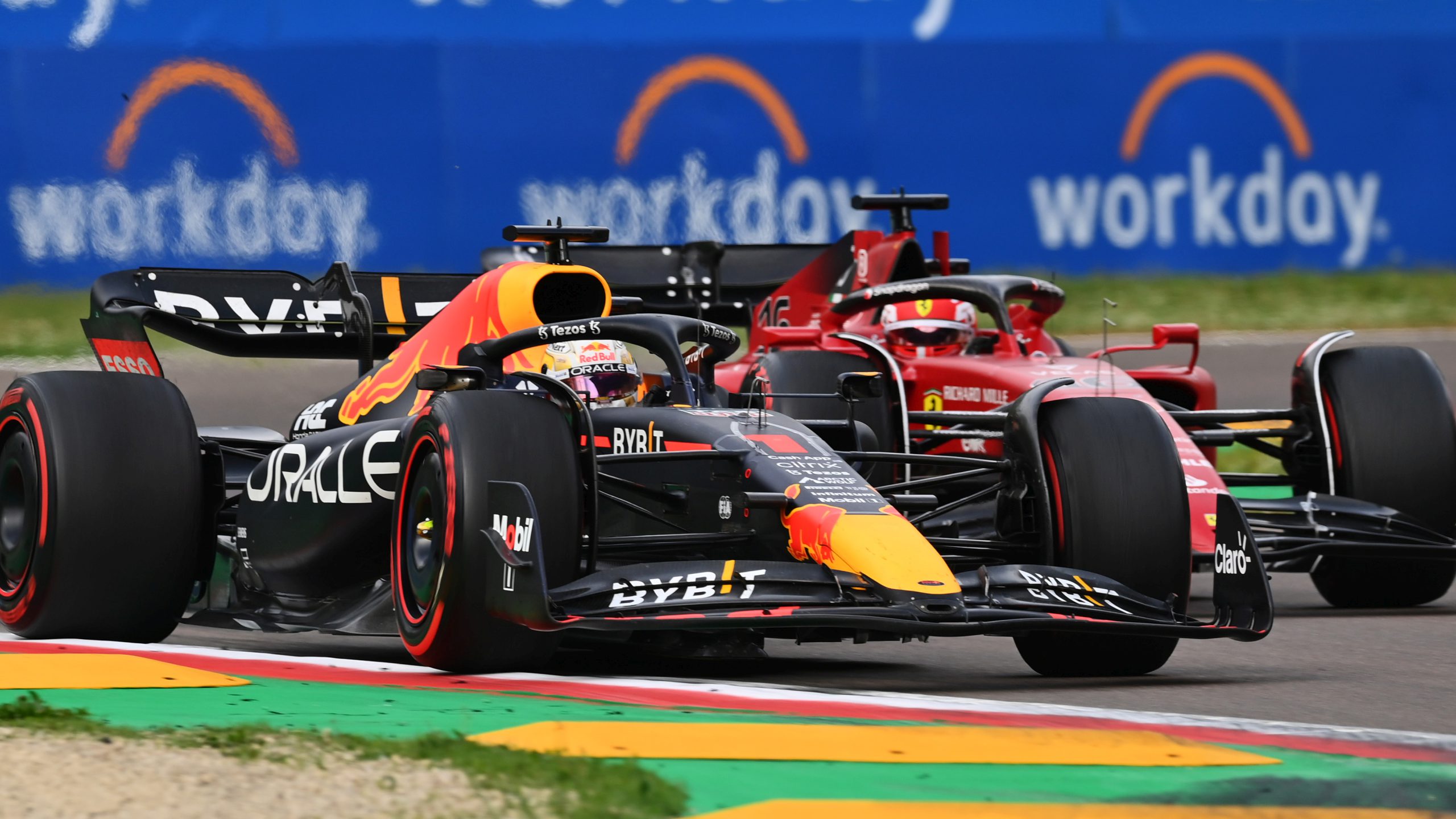Halo: all about cockpit protection in Formula 1
From when is the halo used?
Starting in 2018, Formula One cars suddenly looked very different. Starting with the 2018 season, the halo was made mandatory for Formula 1 and Formula 2. Since 2019, Formula E cars are also equipped with this cockpit protection. Rules for producing the halo have been set by the FIA – the organization that makes sure the race is safe and according to the rules. There are three companies worldwide that have permission to build halos for F1 teams.
What exactly does a halo do?
The halo should ensure that flying parts – which, for example, come loose from other F1 cars – are kept out of the cockpit. A helmet is strong, but offers little protection when you collide with a flying piece of metal at 300 mph. The halo also appears to work extremely well during a crash into a tire pile or guardrail. Just ask Romain Grosjean and Guanyu Zhou.

What is the halo made of?
The halo is made of very strong titanium tubes. The system is attached to the body in three places and weighs nine pounds. The halo is strong enough to support the weight of two African elephants and sturdy enough to withstand a large, full suitcase flying at you at 225 mph.
Opponents
When the halo was introduced, there was initially a lot of resistance from the drivers. In fact, one of the tubes of the Halo is in the driver’s view. It was also said that this would hamper the purist spirit of Formula 1. The halo was even labeled as dangerous. This is because a driver would not be able to get out of the car quickly enough in the event of an incident because the halo would be in the way.

Increased survival rate
An investigation by the FIA found this not to be the case. According to the organization, a driver is 17% more likely to survive an incident if his car is equipped with a halo. In 2020, the halo discussion came to an end in one fell swoop after the halo on Romain Grosjean’s Haas car managed to save his life in a violent crash at the Bahrain International Circuit.

